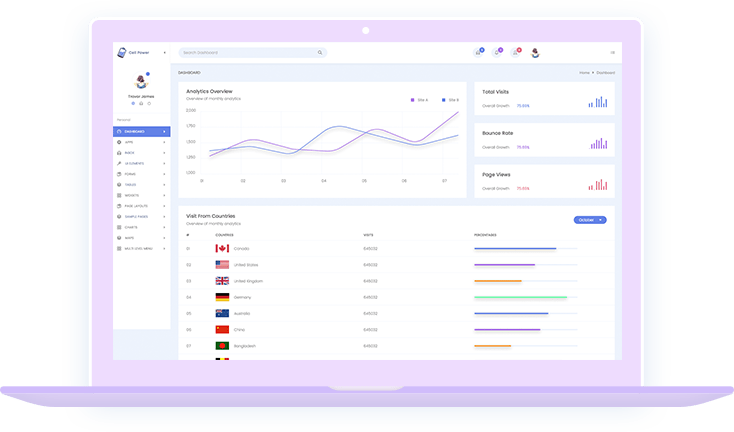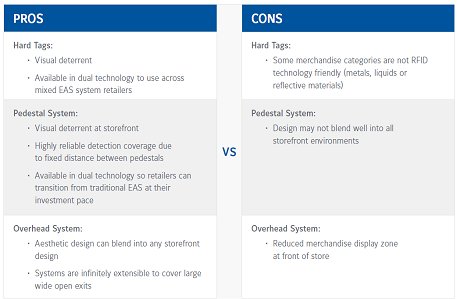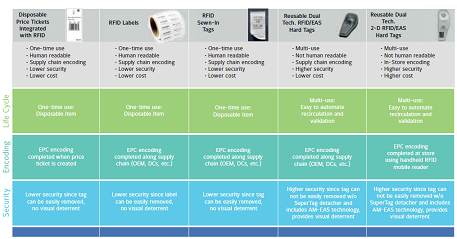RFID Smart Exit Features
A Complete RFID as EAS with Shrink Visibility
With Inventory Software and RFID systems (tags, video cameras, POS, readers and antennas) strategically placed throughout the store, a more complete and detailed view of what is going on across the store is possible.






